Boost Your Insulation Bids – Request a Precision Estimate!
- Accurancy
- Efficiency
- Transparency
- Customization
- Time Saving
- Professionalism
- Cost Control
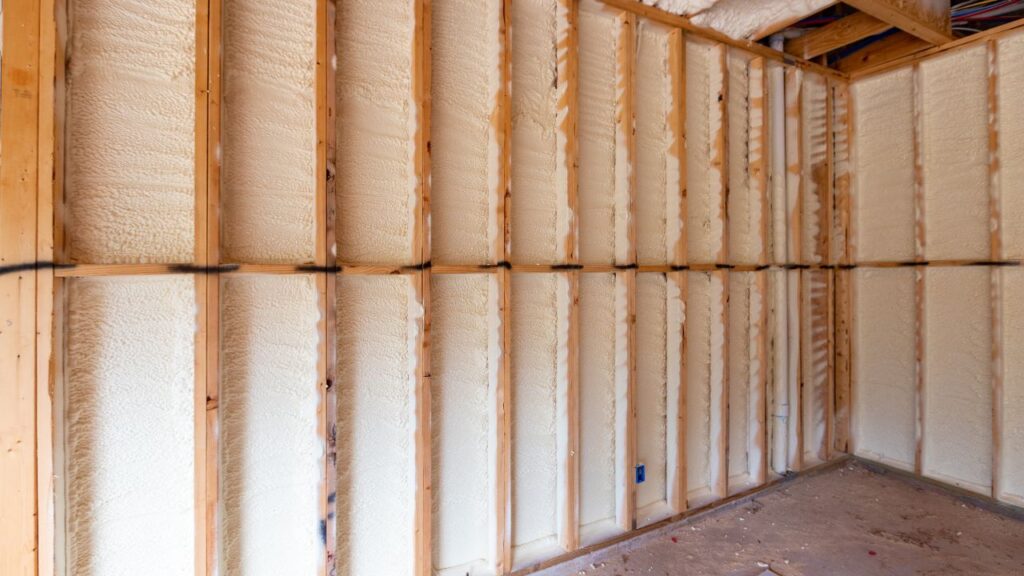
When it comes to turning your shed into a comfortable and usable space, insulation is a crucial element. Insulating your shed not only helps regulate temperature but also provides protection against moisture, reducing the risk of damage to your belongings. In this article, we will explore the factors influencing the cost of insulating a shed and provide insights into various insulation options.
The size of your shed is a crucial factor in determining the cost of insulation. Larger sheds naturally require more insulation material to cover the expansive surface area. The amount of insulation needed is directly proportional to the dimensions of the shed. When calculating the size, consider the walls, ceiling, and floor, as each contributes to the overall insulation requirements. It’s essential to measure accurately to avoid underestimating the necessary materials, which could result in inadequate insulation and reduced energy efficiency.
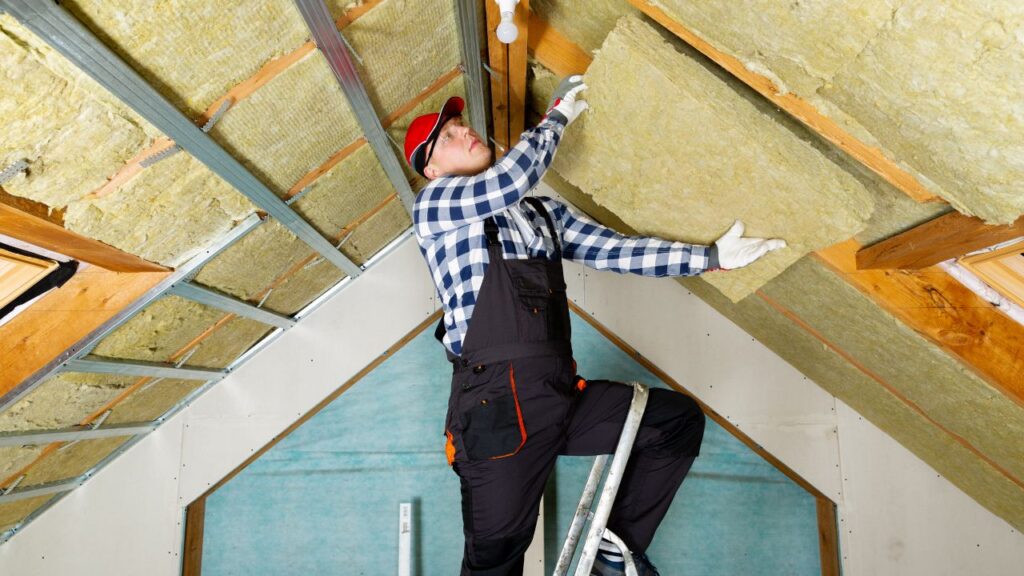
Selecting the right type of insulation is pivotal in managing costs and achieving optimal thermal performance. Fiberglass insulation is a common and cost-effective choice, suitable for various applications. Its affordability makes it a popular option for many shed owners. On the other hand, spray foam insulation, while more expensive, offers superior insulation properties and is known for its ability to seal gaps effectively. Foam board insulation strikes a balance between cost and performance, providing good thermal resistance. Reflective foil insulation, with its radiant barrier properties, is often chosen for its affordability and compatibility with other insulation types. The choice ultimately depends on your budget, preferences, and the specific requirements of your shed.
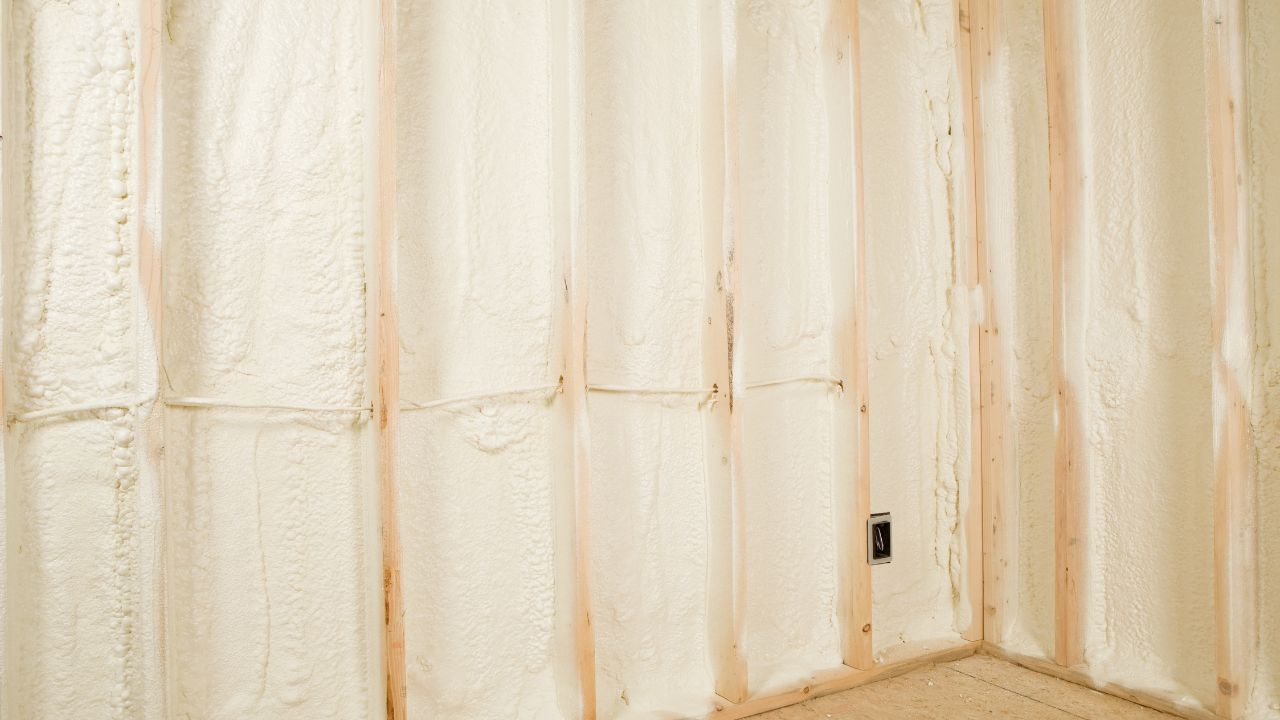
Make Informed Design Decisions Showcase Your Design Ideas
Get RenderingThe method of installation is a crucial consideration that impacts both the cost and effectiveness of the insulation. Opting for a do-it-yourself (DIY) approach may seem budget-friendly initially, but improper installation can lead to inefficiencies, reducing the insulation’s overall effectiveness. DIYers should have a good understanding of the chosen insulation material and proper installation techniques. On the other hand, hiring a professional installer ensures that the insulation is applied correctly, minimizing the risk of gaps or voids that could compromise its performance. While professional installation incurs additional labor costs, it guarantees a well-insulated shed that will provide long-term benefits in terms of energy efficiency and climate control.
The local climate of your area significantly influences the insulation requirements for your shed. In regions with extreme temperatures, both hot and cold, it becomes imperative to invest in insulation with higher thermal resistance (R-value). Adequate insulation helps in maintaining a stable and comfortable interior environment, protecting the contents of your shed from temperature extremes. Understanding the specific climate conditions, such as temperature fluctuations and humidity levels, will guide you in selecting the most suitable insulation material and thickness for your shed. Taking climate considerations into account ensures that your shed remains a functional and well-protected space throughout the year.
Insulating a shed can be a worthwhile investment, offering several benefits that make it a valuable addition to your property. However, whether or not it is worth it depends on your specific needs, the shed’s purpose, and your local climate. Here are some factors to consider:
Insulating a shed proves worth it when it comes to temperature regulation, ensuring a more comfortable interior regardless of external weather conditions. This is particularly beneficial for sheds used as workshops, storage spaces, or additional living areas. Insulation helps maintain a consistent temperature, making the shed warmer in winter and cooler in summer, thus enhancing usability and comfort throughout the year.
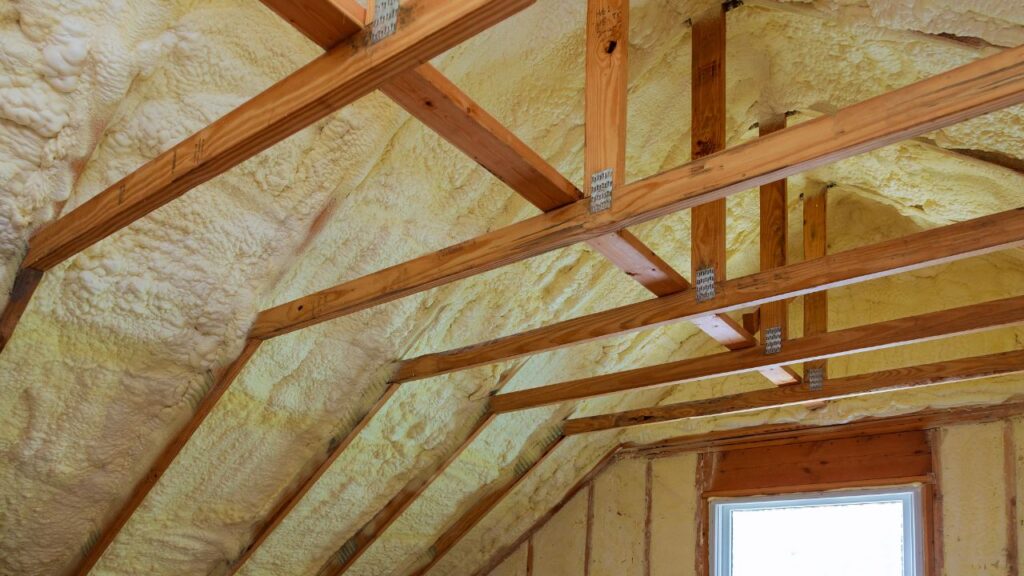
The investment in shed insulation pays off by providing a protective barrier against moisture. Condensation and humidity can lead to issues like mold growth and damage to stored items. Insulation acts as a preventive measure, keeping the interior dry and safeguarding both the shed’s structure and its contents from potential water-related damage.
Insulating a shed contributes to increased energy efficiency, resulting in long-term cost savings. By requiring less external heating or cooling, a well-insulated shed consumes less energy, making it an environmentally friendly and cost-effective choice. The reduced energy demand aligns with sustainability goals while ensuring a comfortable and efficiently regulated internal environment.
The decision to insulate a shed pays off in terms of extended use and enhanced functionality. With insulation in place, the shed becomes a versatile space usable throughout the year. Whether it’s a home office, hobby room, or additional living space, the year-round comfort provided by insulation transforms the shed into a multifunctional and valuable asset to your property.
Insulation offers valuable protection to items stored in the shed, such as tools, equipment, or sentimental belongings. Temperature and humidity control provided by insulation prevent damage and deterioration, preserving the integrity and longevity of stored items. This safeguarding aspect adds an extra layer of value to the decision to insulate the shed.

Investing in shed insulation positively impacts property value. A well-maintained, insulated shed contributes to the overall appeal of your home. Potential buyers often appreciate the added versatility and functionality of an insulated shed, making it an attractive feature that can contribute to an increased property value in the real estate market.
Failing to insulate your shed properly can lead to various issues, compromising both the structure and its contents. Here are potential consequences of inadequate or no insulation:
When your shed lacks proper insulation, it becomes highly susceptible to temperature extremes, manifesting in discomfort and potential damage. In colder weather, the absence of insulation permits heat to escape, rendering the interior uncomfortably cold and unwelcoming. Conversely, during hot weather, the lack of insulation allows excessive heat to infiltrate, potentially causing harm to temperature-sensitive items stored inside. This inability to regulate internal temperatures not only compromises the utility of the shed but also creates an environment that can be detrimental to the integrity of various stored materials.
Inadequate insulation introduces the risk of condensation within the shed, particularly during temperature fluctuations. This excess moisture becomes a breeding ground for mold and mildew, posing a threat to both the structure and any items stored within. Wooden structures are particularly vulnerable to rot when consistently exposed to such moisture. The consequences extend beyond aesthetic concerns, potentially leading to structural damage and compromising the overall longevity of the shed.
The absence of insulation transforms the shed into an energy-inefficient space, lacking a crucial barrier to regulate temperature. This deficiency forces an increased dependence on external heating or cooling sources, resulting in elevated energy costs. Moreover, the inefficiency places an undue burden on environmental resources, contributing to a less sustainable and environmentally friendly living space.
Items stored within an uninsulated shed, including tools, equipment, and seasonal items, face the risk of damage due to fluctuating temperatures and elevated humidity levels. Without the protective buffer of insulation, these conditions can lead to rusting, warping, and gradual deterioration of materials over time, diminishing the overall value and functionality of the stored items.
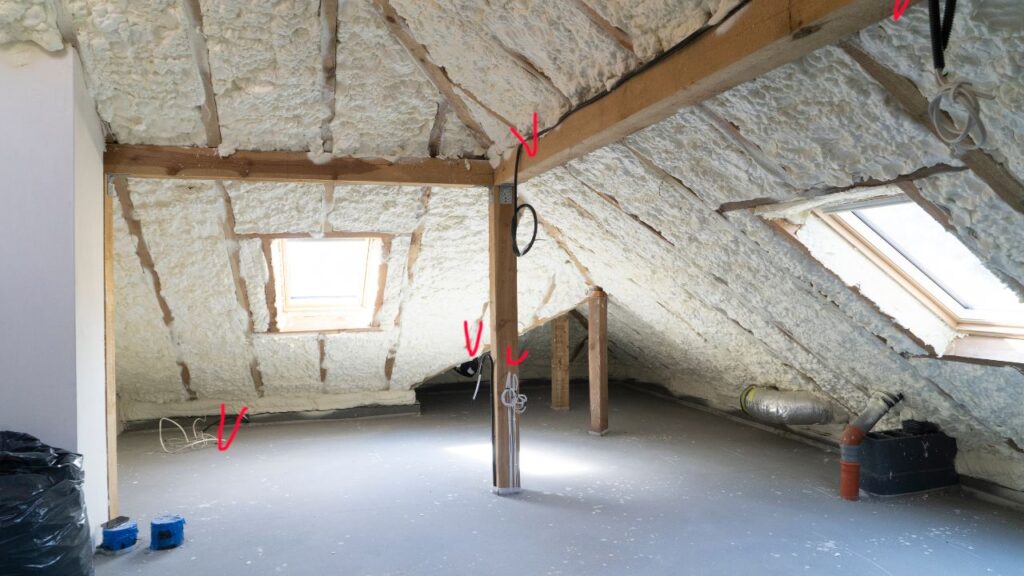
The absence of insulation significantly diminishes the shed’s versatility and comfort. During extreme weather conditions, spending time in an uninsulated shed can be uncomfortable, limiting its usability as a workshop, storage space, or for any other intended purpose. The lack of insulation restricts the shed’s potential to be a functional and welcoming extension of your living space.
Insufficient insulation contributes to structural issues over time, exposing the shed to the adverse effects of moisture penetration and temperature fluctuations. This, in turn, weakens the building materials, leading to the gradual deterioration of walls, roof, and flooring. The resulting structural damage may necessitate costly repairs or, in severe cases, premature replacement of the entire shed, underscoring the importance of proper insulation in preserving the structural integrity.
An uninsulated shed can negatively impact the perceived value of your property, particularly in the eyes of potential buyers. The lack of proper insulation, coupled with visible signs of structural damage, compromises the overall appeal of the property. This may result in decreased market value, emphasizing the pivotal role of insulation in maintaining and potentially enhancing the property’s worth.
Having scrutinized the myriad factors influencing shed insulation costs, let’s now explore prevalent insulation options and provide an estimated cost:
A widely adopted and budget-friendly choice, fiberglass batts remain a popular selection for shed insulation, now costing between $0.60 and $1.80 per square foot. Prudence is paramount during installation due to potential health hazards from airborne fibers. Wearing protective gear, including gloves, goggles, and a mask, remains crucial for ensuring a secure and successful insulation process.
Renowned for its exceptional sealing properties, spray foam insulation proves highly effective, offering a seamless, air-tight barrier. Its cost range shifts to $1.80 to $3.60 per square foot, acknowledging the superior insulation performance, minimized air leakage, and the long-term benefits of improved thermal efficiency and potential energy savings compared to fiberglass batts.
Valued for their insulation and moisture resistance attributes, rigid foam boards, including expanded or extruded polystyrene, now range from $0.90 to $3.60 per square foot. These boards, easy to install and boasting a high R-value per inch, continue to serve as a reliable option for enhancing energy efficiency and comfort while preventing damage from condensation or water exposure.
A cost-effective choice at $0.30 to $0.90 per square foot, reflective foil insulation reflects heat rather than absorbing it. While not ideal for extreme temperature variations, it remains effective in reducing radiant heat transfer. When combined with other insulation materials like fiberglass batts or foam boards, it contributes to an efficient and comprehensive insulation system, enhancing energy efficiency and temperature control.
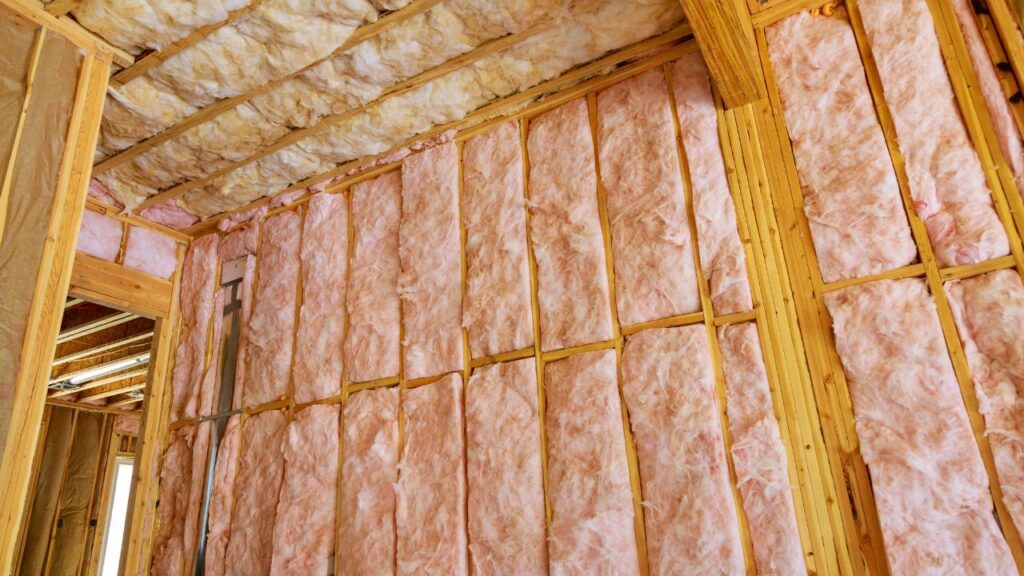
Crucial for preventing moisture buildup, a vapor barrier now costs between $0.24 and $0.60 per square foot. This safeguard ensures insulation longevity by protecting against potential moisture damage, maintaining optimal functionality and performance.
Opting for professional installation, provides a hassle-free experience and guarantees proper insulation, particularly for complex sheds or those with electrical or plumbing components. Relying on professionals ensures a high-quality insulation job, offering peace of mind and optimal performance. Obtaining multiple quotes from reputable contractors remains advisable for an informed decision tailored to your shed’s specific needs.
Insulating your shed is a critical investment that enhances its comfort, usability, and protection against environmental elements. Factors such as shed size, insulation type, installation method, and local climate influence the overall cost. While the initial expenses may vary based on these factors, the long-term benefits of shed insulation are substantial. It contributes to temperature regulation, safeguards against moisture, improves energy efficiency, extends the shed’s functionality, preserves belongings, and increases property value. Choosing from insulation options like fiberglass batts, spray foam, rigid foam boards, and reflective foil allows customization based on budget and specific needs. Additional expenses, including vapor barriers and professional installation, further ensure optimal insulation performance. In weighing the costs and benefits, it becomes evident that insulating your shed is a justified and valuable investment for both immediate and long-term gains.
The larger the shed, the more insulation material is required, directly influencing the overall cost. Proper measurement is crucial to avoid underestimating material needs.
Fiberglass insulation is a common and affordable choice, while foam board insulation strikes a balance between cost and performance. The choice depends on budget, preferences, and shed requirements.
While DIY insulation may seem budget-friendly initially, improper installation can reduce effectiveness. Professional installation incurs additional costs but ensures proper application and long-term benefits.
Extreme temperatures require insulation with higher thermal resistance. Understanding climate conditions helps in selecting suitable insulation material and thickness for optimal performance.
Yes, insulating a shed enhances temperature regulation, providing a comfortable interior throughout the year. This is particularly beneficial for sheds used as workshops, storage spaces, or additional living areas.
Yes, insulation acts as a protective barrier against moisture, preventing issues like mold growth and damage to stored items. It keeps the interior dry and safeguards both the shed’s structure and its contents.
Insulating a shed reduces the need for external heating or cooling, leading to increased energy efficiency and long-term cost savings. This aligns with sustainability goals and ensures a comfortably regulated internal environment.
Yes, professional installation guarantees proper insulation, especially for complex sheds. While it incurs additional labor costs, it ensures a high-quality job, providing peace of mind and optimal insulation performance. Obtaining multiple quotes from reputable contractors is advisable for an informed decision tailored to specific needs.
Here I am going to share some steps to get insulation for a shed cost estimate report.
You can send us your plan on info@estimatorflorida.com
Before starting your project, we send you a quote for your service. That quote will have detailed information about your project. Here you will get information about the size, difficulty, complexity and bid date when determining pricing.
Our team will takeoff and estimate your project. When we deliver you’ll receive a PDF and an Excel file of your estimate. We can also offer construction lead generation services for the jobs you’d like to pursue further.

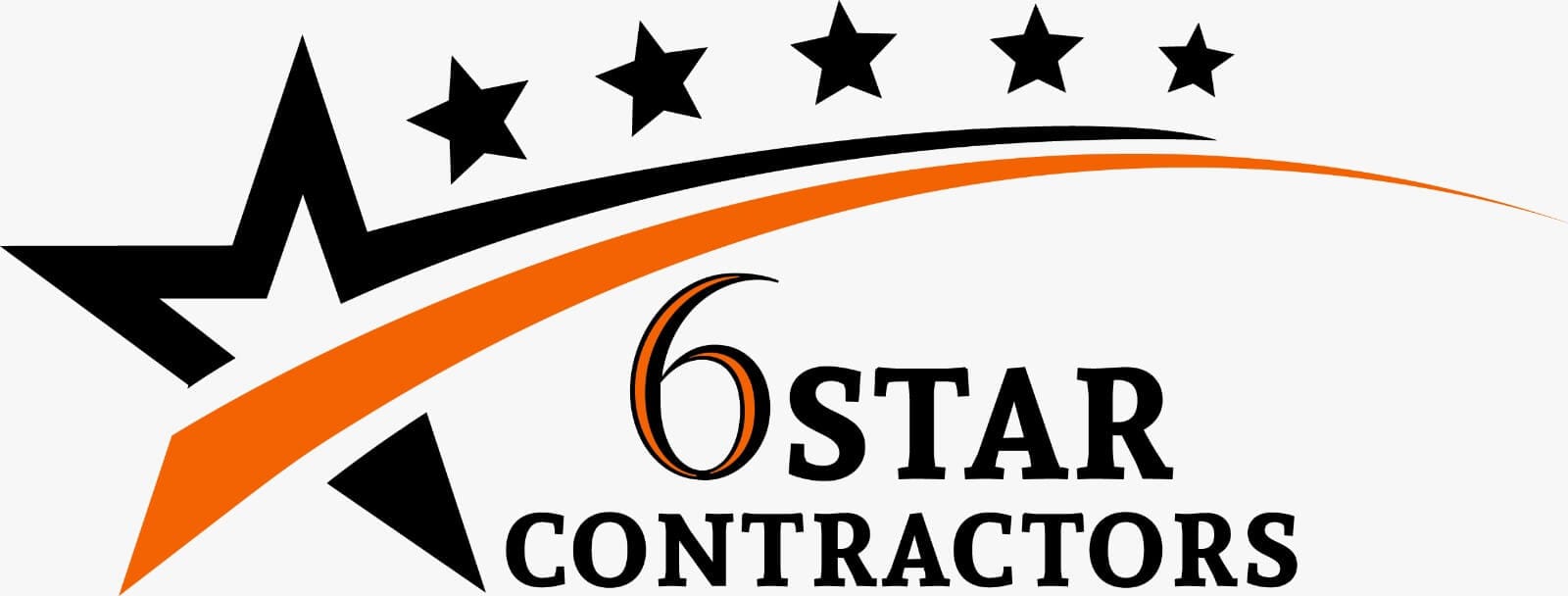

561-530-2845
info@estimatorflorida.com
Address
5245 Wiles Rd Apt 3-102 St. Pete Beach, FL 33073 United States
561-530-2845
info@estimatorflorida.com
Address
5245 Wiles Rd Apt 3-102 St. Pete Beach, FL 33073 United States
All copyright © Reserved | Designed By V Marketing Media | Disclaimer